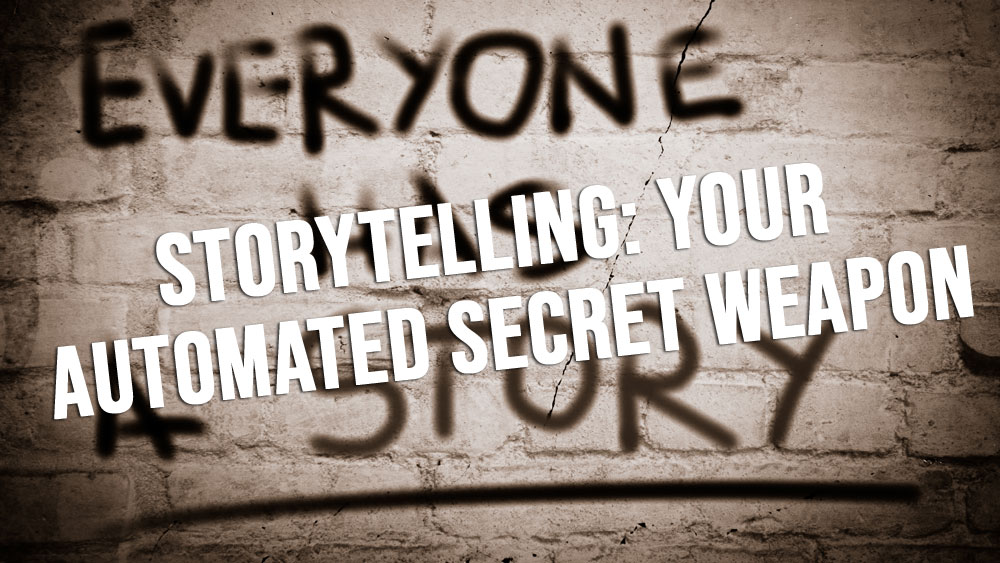What makes you read a blog post or article or email?
Interesting stats? A clever turn of phrase? An attention-grabbing headline?
All of those things can pique your interest, but they won’t keep your eyes on the page. For that, you need a story.
As a coach, service provider, or blogger, your job is to craft a narrative that draws your reader in and keeps her interested. Do it right, and she’ll share your content with her friends and colleagues, greatly expanding your reach. Do it poorly, and she might read your post or your email, she might even buy from you. But she won’t remember you, because you won’t have made a connection.
Share Your Personal Stories
One of the best ways to build a relationship and grow your audience is to share your personal stories. Tell your readers how you got started, what lessons you learned along the way, and how your life and business were improved because of them.
Personal anecdotes don’t even have to be business related to have an impact. Did you notice a fantastic marketing strategy while standing in line at the supermarket reading the magazine headlines? Share the story. Did you learn how to treat customers better by dealing with your cell phone company? Tell your story.
By making the connection between a memorable event and your coaching business, your readers will remember you long after they click away from your site or close your email.
Write Case Studies
Another powerful story telling technique is case studies. Tell your readers exactly what your coaching client did to double her income last year, or how another client took your advice and grew her mailing list by 150% in six months.
These beefed up testimonials (because that’s all a case study is) will keep your readers interested in learning more from you.
Connect Unrelated Stories in New, Interesting Ways
Want to really make an impression? Make unusual connections in your story. Share the struggles Frodo faced as he made his way to Mordor to destroy the ring, and how that relates to business today. Or talk about the squirrel in your yard that bravely defends his territory every time you take the dog out, and how it reminds you of your early days in business when you were convinced that competition was bad.
By making a connection between completely unrelated topics, you can quickly craft a blog post or email that will get readers thinking, and that they’ll remember for a long time to come.
Avoid the Awkward
One word of caution though. Don’t toss in a story just because you think you need a “hook.” You’ll know you’re doing this if you can’t easily transition from the story to the purpose of your post or email. If you find yourself saying something like “Ok, that’s enough personal stuff, now let’s get back to business,” you’re trying too hard.
Your stories should naturally flow into business, if you want to make a big impression. And trust me, when you get this right, you’ll suddenly find your posts going viral and your profits soaring.
